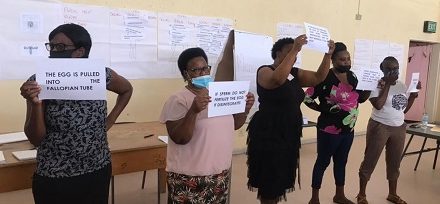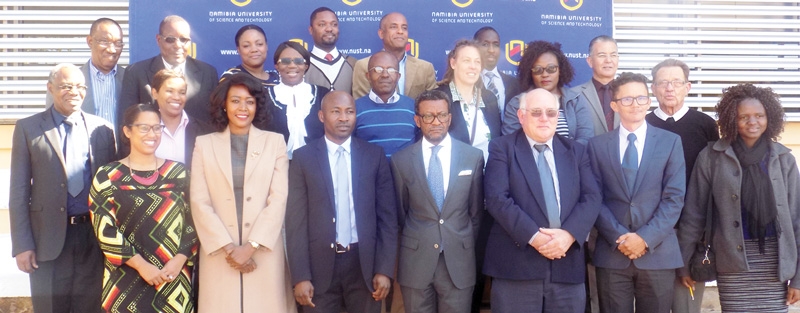
Correctional facilities record high pass rates

Commissioner-General Namibian Correctional Service Raphael Hamunyela
Speaking in an interview with The Economist, Commissioner General National Correctional Services Raphael Hamunyela said a total of 896 offenders are currently participating in educational programmes. The programmes cover three streams namely, functional Literacy programmes, Education activities Grade 10 & 12 which help to improve access to vocational training and employment, and tertiary education based on the interest and choice of the offender.
“This year a total of 79 offenders were enrolled for Grade 10 and 59 for Grade 12. A total of 65 offenders sat for their Grade 10 exams and 43 for Grade 12. We have seen a significant increase in the number of enrolments by the inmates as-well as the pass rate, for example the Windhoek Correctional Facility recorded a 65 percent rate for Grade 10 last year as compared to 47 percent in the previous year while the pass rate in Grade 12 stood at 64 percent in 2012 and improved to 82 percent last year,” said Hamunyela.
As part of their continuous improvement of services to offenders, the NCS developed a comprehensive offender needs based Education Policy in 2013 which was signed by the Commissioner-General in 2014. He said in order to put education programmes in the correct context one needs to understand and appreciate the three main principles of the Offender Education Policy in the NCS. The offender’s participation depends on whether education was identified as a significant factor that contributes to the individual’s offending.
Hamunyela said that despite the good performance of the inmates, challenges are still faced by the correctional facilities as well as the inmates. “We as correctional facilities face a problem of having a suitable space to use as classrooms which sets us back in creating a conducive environment for studies, while students face problems of a lack of financial assistance, stationary, qualified teachers and poor resources with regards to communication technology.”
He said the education programmes are so successful that some of the inmates that sit for Grade 12 exams go on to enrol in tertiary institutions and that eight of the inmates that sat for Grade 12 exams last year are now enrolled at tertiary institutions.
NCS adopted a position where the bulk of its education effort is geared towards the provision of functional literacy skills to offenders to ensure the greatest possible numbers of offenders can gainfully access and participate in Structured Core Rehabilitation Programmes and Support Rehabilitation Programme and services.
They also adopted an education framework that is based on three streams that cover the main areas of the education needs of offenders whilst at the same time ensuring that education services are geared at reducing the risk of re-offending.
In order for the NCS to effectively provide service, its correctional facilities are divided into two main categories, those accommodating offenders serving sentences of less than 18 months (six correctional facilities) and those according offenders serving 18 months and longer (seven correctional facilities).
Hamunyela however expressed concern in the low enrolment rate of inmates into education programmes for offenders serving shorter term sentences but said enrolment in correctional facilities where offenders stay for longer periods is significantly higher.











































